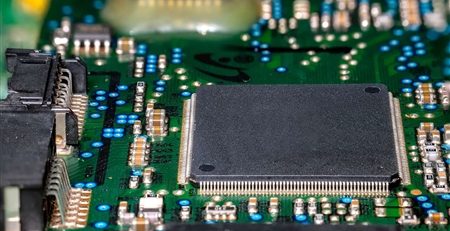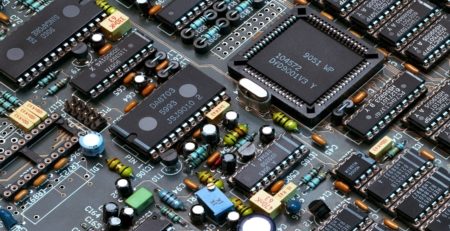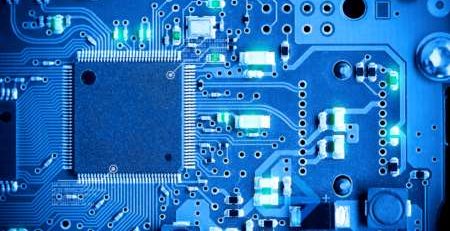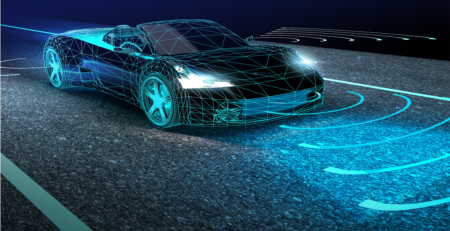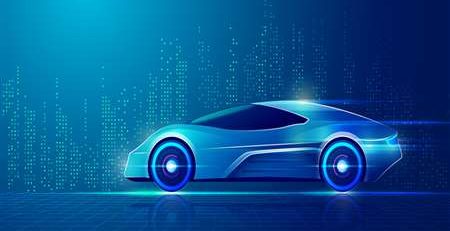Application and introduction of sensors and optoelectronic devices
A sensor is a detection device that can sense the measured information, and can convert the sensed information into electrical signals or other required forms of information output according to certain rules to meet the requirements of information transmission, processing, storage and display. recording and control requirements, is the bridge connecting the physical and digital worlds.
According to the sensor of the product, it can be divided into MEMS sensor, CIS sensor, RF sensor, radar sensor, fingerprint sensor, etc., of which the largest proportion is MEMS sensor.
MEMS sensors are sensors that use MEMS technology. Compared with traditional sensors, MEMS sensors have the advantages of small size, light weight, high integration, intelligence, low cost, low power consumption, and mass production. They are especially widely used in mobile phones, such as magnetic sensors and fingerprint sensors. , environmental sensors, etc.
Photoelectric devices refer to various functional devices made of photoelectric conversion effects, as well as accessories or auxiliary items such as mirrors or mounting hardware for such products. This is a diverse product category that includes fiber optic transmitters and receivers, LCD, LED, OLED, AMOLED and VFD displays, EL wires, incandescent lamps, lasers, lamps, and xenon flash tubes, among others.
According to different functions, optoelectronic devices can be mainly divided into optical fiber communication devices and optoelectronic lighting devices. Optical fiber communication devices include optical active devices (such as lasers, optical transceiver modules, etc.), optical passive devices (such as optical couplers, fiber switches, optical demultiplexers, etc.).
Taking optocoupler as an example, optocoupler (referred to as “optocoupler“) is the most commonly used isolation device in high and low voltage circuits and is widely used. In recent years, with the rapid development of new energy vehicles, photovoltaic inverters, servo inverters, smart home appliances, communications, UHV power and other industries, the demand for optocouplers has continued to increase.
Photoelectric lighting devices refer to LCD, LED, OLED and other devices that need to convert electricity into light.
Taking OLED as an example, the full name LED (Organic Light-Emitting Diode) is an example, that is, an organic light-emitting diode, which refers to an organic light-emitting diode of an organic semiconductor composed of extremely thin organic substances. Material coating and extremely thin layers. A glass substrate that emits light when an electric current is passed through it.
As a new generation of display technology, OLED has better display performance than LCD. It has the advantages of good display effect, low power consumption, high flexibility and ultra-thinness. It is widely used in the screens of smart phones, automotive electronics, smart wearable devices, VR devices and other products. OLED can be divided into AMOLED and PMOLED according to the driving method


